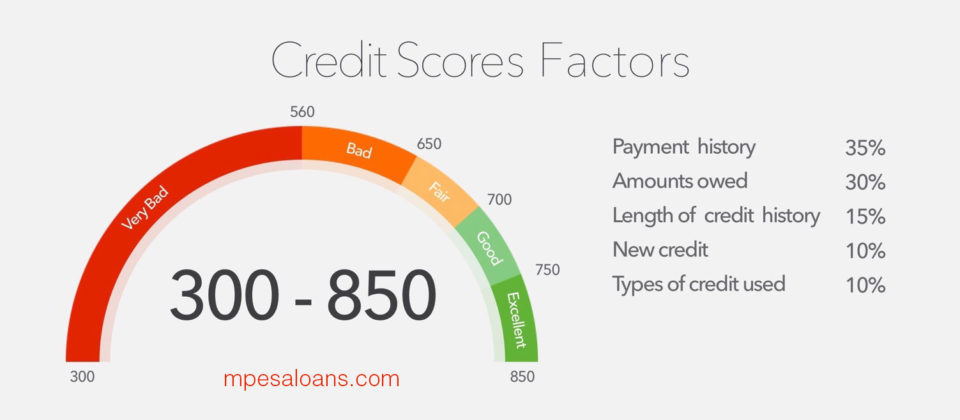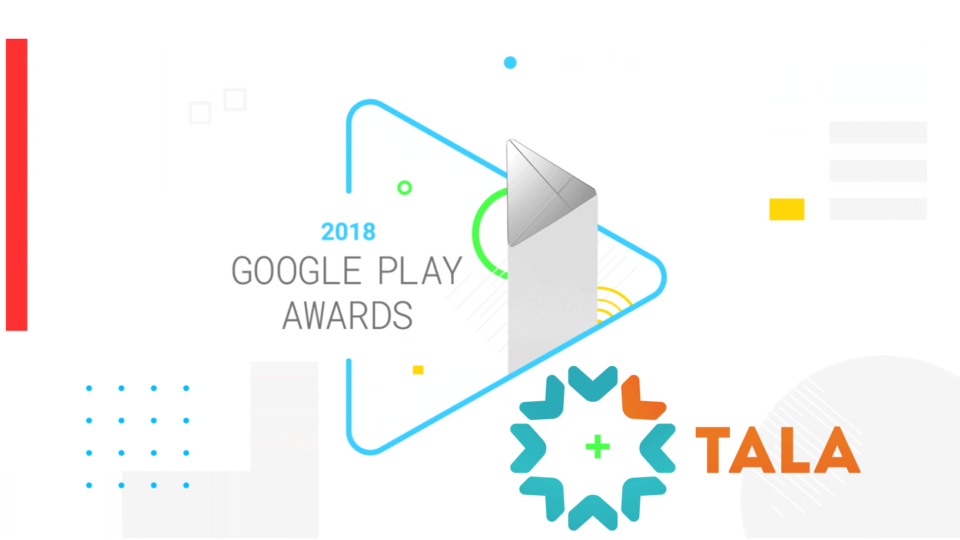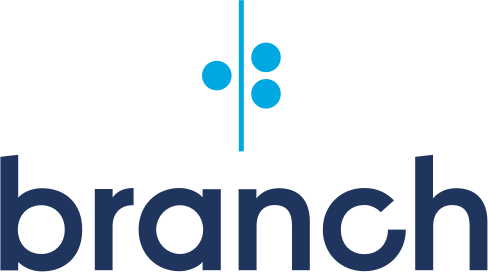Bad debt and how to get out of debt in Kenya may not be the easiest thing for most Kenyans.
Kenyans are under increasing financial pressure due to high unemployment and increase in living expenses such as food, rent, utility bills, transport, and the VAT rate. As a result it has become a challenge to manage and pay off bad debt.
Most people fall into a bad debt spiral because of unforeseen circumstances. This may include medical expenses, job loss, divorce, not saving enough or ones income not keeping up with increased costs of living in Kenya.
Then there are some “foreseen circumstances” that can be avoided, but often are not. These include uncontrolled gambling habits especially with the rise of betting firms in Kenya and poor money management.
Kenyans with who managed to keep up with their renegotiated debt repayments for many years are now struggling to maintain their monthly instalments in debt review which raises their risk on entering into bad debt.
Most banks and lending firms have had to renegotiate some of their agreements because Kenyans are simply unable to make ends meet.
Below, we have provide advice on how to manage and pay off your bad debt, and what to do when you’re in over your head.
How much bad debt can you handle?
There are some general rules of thumb to determine how much bad debt one can take on. Although the decisions may vary from person to person, you should not spend more than 30% of your income on a mortgage bond, as this is generally the largest chunk of household debt.
“It is important to draft an honest budget and carefully look at your current spending patterns and what your current income is.”
Always allows for an “expense buffer” for unforeseen expenditure such as medical expenses or a car that breaks down or gets stolen.
The minute you find that you are unable to service your bad debt, the trouble starts.
If you are in the unfortunate position of having to sell your house at short notice, you might find yourself being in an even worse situation.
For example, during the 2007/08 financial crisis in Europe and America, many people were forced to sell their homes. But because of market conditions at the time, many consumers still had outstanding debts, even after selling their homes.
Honest budgeting is also important, because many credit providers still offer more credit than what people can afford.
“Do not fall into the trap of buying things you do not need to impress people you don’t even know.”
Good debt versus bad debt
Debt is normally considered “good” when you use it to obtain an asset that increases in value over time or has “income producing capacity”,

A study loan (income-producing capacity) or a mortgage bond on a property (increased value) is generally considered good debt.
Some people consider vehicle financing “good debt” if it has income-producing capacity (If you consider using it for Uber), but this mostly doesn’t work as well as it’s perceived.
Because a car depreciates in value, this kind of debt cannot really be considered good. “Anything where you have to finance spending, such as short-term loans for a holiday, or for clothes, is considered bad debt.”

“If you start using loans and credit cards to fund your lifestyle, you are on a treacherous path, and it might lead to a debt spiral. That is a difficult space to be in,”
Debt can be broadly broken down into secured and unsecured debt. Secured debt is a loan that is granted against an asset, usually land, a house or vehicle, which is used as collateral against the loan.
Simply put, if the borrower does not honour his debt repayments over time, the lender can seize the asset and sell it to recoup their money.
The interest rate on this type of debt depends largely on the credit rating of an individual; the more creditworthy a person is, the lower the interest charged.
Unsecured debt such as credit cards and personal loans, don’t have the backing of assets to serve as collateral: “If the borrower defaults, the credit providers have to implement legal action, which can be lengthy and expensive with no guarantee of success.”
This type of debt usually comes with a higher interest rate to enrich the risk of the loan. If people have more unsecured debt in their portfolio, they are classified as “high risk” when applying for more credit.
Not only is the consumer’s credit report and credit score taken into account in the assessment, the debt-to income ratio is also considered, as well as the credit provider’s ability to collect the debt in terms of the debt-to-asset ratio.
Consumers can determine their debt-to-asset ratio by dividing their total debt by their total assets. Simply put, this ratio shows how many of one’s assets one will have to sell to cover the cost of the debt.
The right ratio is more complex to determine, as it depends on a number of factors like the type of debt and life stage of the individual.
However, if your debt is significantly higher than the value of your assets, you will be considered a risk to creditors.
Consumers should avoid using credit on “unnecessary items” and instead pay cash if they can afford it. Close unused credit accounts that are fully paid. Forgotten retail debt can have a negative impact on your credit record, especially now that a huge number of retail stores in Kenya have started giving long term credit facilities “buy now pay later”.
Also avoid using one credit card to pay off another credit card. This is not paying off debt. It is merely delaying repayment and attracting more interest.
Although there is a cap on the minimum and maximum interest rates credit providers are allowed to charge, these institutions still find ways of making money. Many try to make up the “interest cap” by charging more for insurance or upping management fees.
There are several measures available to consumers who have fallen into a bad debt spiral. But ignoring the matter is not one of them.
Getting out of a debt spiral
If you have additional funds available and are looking to pay off your debt sooner, you should aim to first pay off the debt that carries the highest interest rate.
This is unsecured bad debt such as credit cards and personal loans. Many store cards, such as clothing accounts, for example, have interest-free credit windows. Try to pay off the total bill within this period to avoid interest charges.
Do not spend more on the card before you have paid off the total, and avoid extending your payment period.
It is advantageous for consumers to pay more than their monthly instalment amount. This will reflect positively on their payment history.
Consolidating debt
Consolidating one’s debt offers consumers the opportunity to take out one large loan to cover several smaller loans. It simply means that all your debts are consolidated into one lump sum.
It might sound counter-intuitive, but if used wisely, consolidation can be an effective way to get yourself out of unmanageable bad debt.
Consolidated loans are usually longer term loans that come at a lower overall interest rate and have lower monthly instalments. However, because they are longer-term loans, it may mean consumers end up paying more.
Furthermore, consolidation loans only work if the consumer is truly disciplined. Many use the loan to pay off credit-card debt, but immediately start using the credit card once the debt has been paid.
Then they need another consolidation loan to pay the card. The debt spiral gets so out of control that nobody wants to lend them money any more.
Consumers may also consider consolidating their debt under their existing home loan. This is applicable to people whose outstanding loans are less than the value of the property.
The consumer may be able to secure a loan against their home and consolidate all their unsecured bad debt into one facility.
It is, however, important to look at the term and interest rate of the new home loan when considering this option.
Paying debt versus saving
Very few investments offer or guarantee a return of 15% or more. Consumers who have personal loans or credit card debt would be wise to first pay off these debts before starting to save. The question becomes more difficult if you have a home loan with an interest rate of, say, 10%, where there are investments where you can make a higher return.
The advice is to continue with the monthly bond payments and invest in another asset class.
The question is easier in terms of the short-term personal loans. The repayment of short-term expensive bad debt is a ‘no-brainer’.
How to get out and stay out of bad debt
There are spending habits you can control and strategies you can follow to stop digging yourself into bad debt.
When people find themselves in bad debt spiral, they should start their recovery by talking to their credit providers to try and renegotiate the terms and period of repayment.
If all feels lost, it may be a good time to reach out to a registered debt counsellor who will be able to guide you on the way forward.
The first step is to see where your debt is and what you can pay off first. The most obvious debt is to be found on credit cards and through personal loans because of the high interest rates charged.
You do want to have good debt such as a home loan or a student loan because that is how you accumulate wealth. Once you have gotten rid of your bad debt, which influences your credit score, you may even approach your credit provider or bank for better rates on your home or student loans.
Credit providers will consider your spending patterns over a period of time. Once you have got rid of your bad debt, you can certainly try to renegotiate the interest rate on your good debt, though it will not happen overnight.
Only enter into debt when you can afford it. If you cannot afford a new pair of shoes, do not give in to impulse spending. If you cannot afford to repay debt, think twice about putting another person at risk by asking them to take credit on your behalf.
Their problem is eventually going to become your problem. You should always have a basic principle of a monthly budget.
The 50/20/30 budget rule divides after-tax income into spending of 50% on needs, 30% on wants and allocating 20% to savings.
Needs include rent or mortgage payments, car payments, groceries, insurance, healthcare, minimum debt payment and utilities.
Wants include dinner, movies out, a new handbag, and holidays.
Savings include adding money to an emergency fund in a bank savings account, making retirement annuity contributions or investing in equities.
Savings can also include debt repayments. While minimum payments are part of the “needs” category, any extra payments reduce principle and future interest owed, so they are in fact savings.
The 50/30/20 rule of budgeting can help to keep spending in check. If spending in one category seems to be “abnormal” such as for clothing or entertainment, find ways to reduce spending in those categories.



